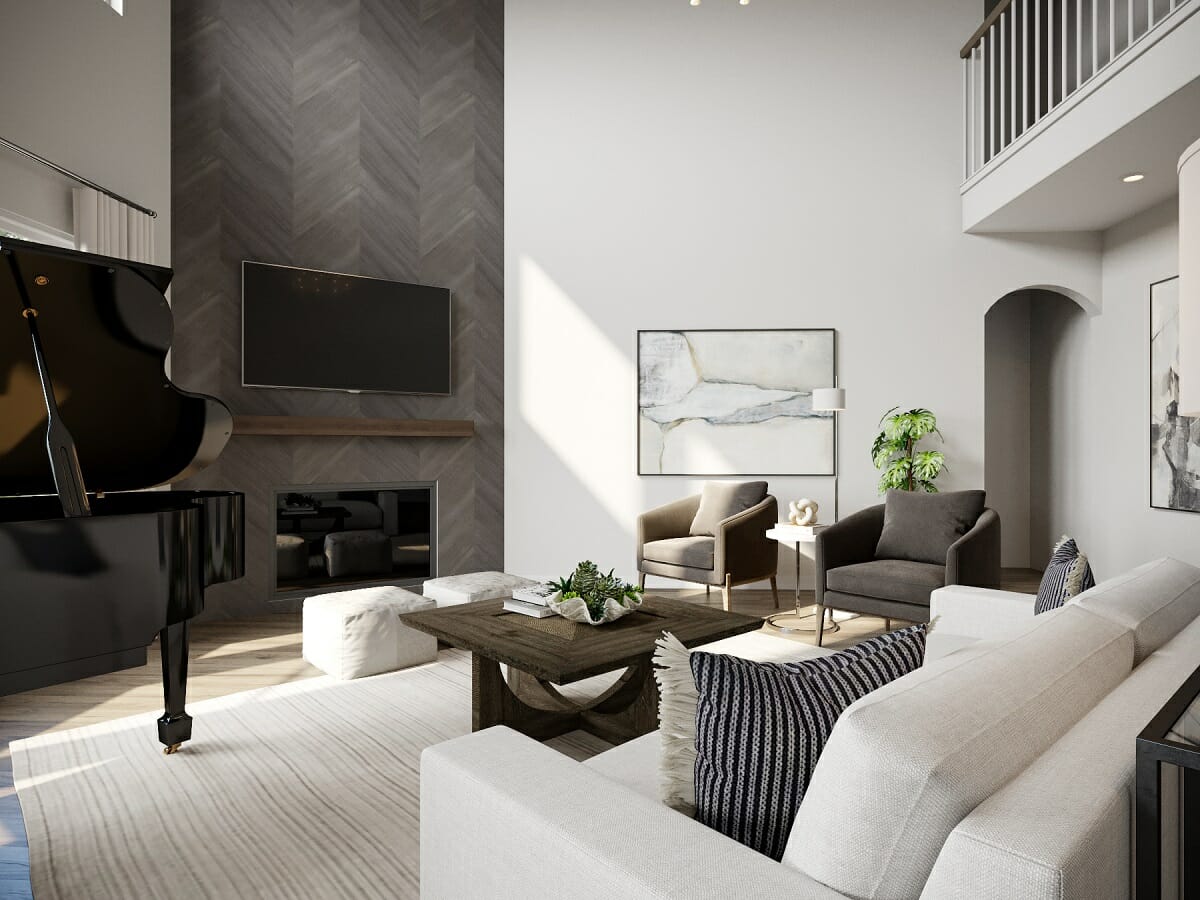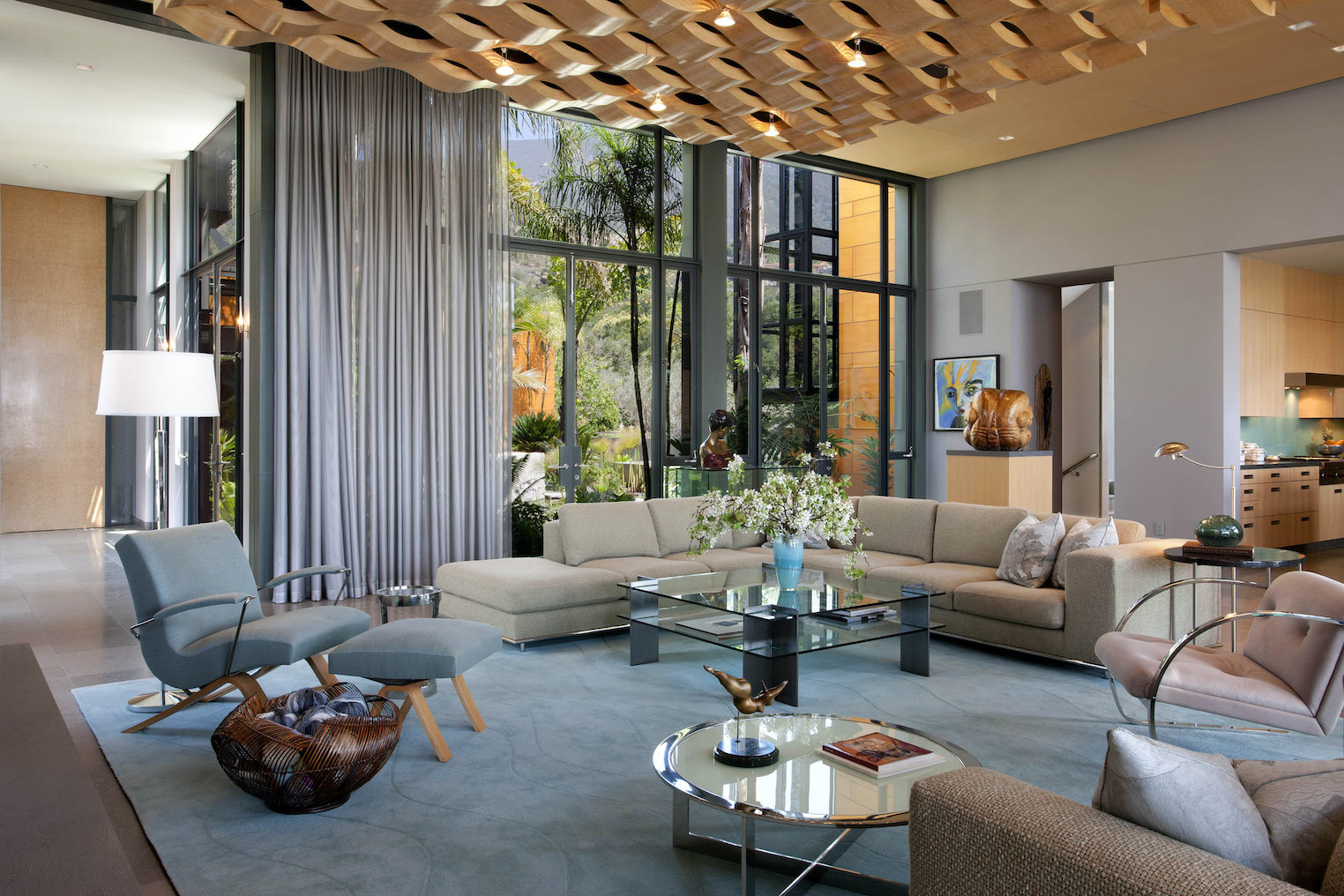Timeless Design Principles

Timeless interior design transcends fleeting trends and embraces enduring principles that create spaces that remain stylish and inviting for years to come. These principles guide the selection of furnishings, colors, and materials, ensuring a harmonious and balanced environment that stands the test of time.
Timeless interior design is an enduring style that transcends fads and trends. It focuses on creating spaces that are both aesthetically pleasing and functional. Whether you’re looking to update your home with classic pieces or create a timeless look from scratch, Decorist can help you achieve your desired aesthetic.
Their team of experienced interior designers will work with you to create a space that reflects your personal style and meets your needs.
Balance
Balance is achieved when visual weight is evenly distributed throughout a space. Symmetrical arrangements create a formal and orderly look, while asymmetrical balance adds a sense of movement and interest. Consider the size, shape, and color of furniture and accessories to create a balanced composition.
Timeless interior design transcends fleeting trends, embodying an enduring elegance that endures the passage of time. Its essence lies in the seamless fusion of classic elements with modern touches, creating a harmonious blend that transcends generations. By incorporating cozy living elements here , timeless design fosters a welcoming ambiance that invites relaxation and rejuvenation, while maintaining the timeless appeal that defines its enduring charm.
Harmony, Timeless interior design
Harmony refers to the pleasing combination of elements within a space. Similar colors, textures, and patterns create a cohesive look, while contrasting elements can add visual interest. Use a neutral color palette as a base and layer in accent colors to create a harmonious scheme.
Proportion
Proportion is the relationship between the size of different elements within a space. The golden ratio, a mathematical formula found in nature, is often used to create harmonious proportions. Consider the size of furniture relative to the room, and the placement of accessories to create a visually pleasing balance.
Classic Design Elements
Timeless interior design incorporates classic design elements that have endured for centuries. These elements include:
- Neutral color palettes (white, beige, gray)
- Natural materials (wood, stone, leather)
- Classic furniture styles (Chippendale, Victorian, Art Deco)
- Architectural details (moldings, cornices, fireplaces)
- Textiles with timeless patterns (stripes, plaids, florals)
Incorporating Timeless Principles into Modern Interiors
To incorporate timeless principles into modern interiors, consider the following:
- Choose a neutral color palette and add accent colors through accessories and textiles.
- Mix classic and modern furniture styles to create a unique and eclectic look.
- Use natural materials such as wood, stone, and leather to create a warm and inviting atmosphere.
- Incorporate architectural details to add character and interest to a space.
- Accessorize with timeless pieces, such as vintage rugs, antique mirrors, and classic artwork.
Color and Material Selection: Timeless Interior Design

In timeless interior design, the selection of colors and materials plays a crucial role in evoking a sense of sophistication and elegance. By understanding the principles of color theory and the durability and aesthetic appeal of various materials, one can create a space that transcends time.
Color Palettes
Timeless color palettes often incorporate neutral hues, such as white, black, gray, and beige, which serve as a foundation for layering more vibrant colors. These neutral tones create a sense of balance and harmony, allowing the eye to focus on the details and textures within the space.
When selecting accent colors, consider shades that complement the neutral base. For a sophisticated and elegant look, opt for rich jewel tones like emerald green, navy blue, or burgundy. These colors add depth and interest to the space without overwhelming it.
Material Selection
The choice of materials in timeless interior design emphasizes durability and aesthetic appeal. Natural materials, such as wood and stone, are often favored for their timeless beauty and ability to withstand the test of time.
Wood, with its warmth and versatility, can be used for flooring, furniture, and cabinetry. Stone, known for its strength and elegance, is ideal for countertops, tiles, and fireplaces. Other durable materials like leather, metal, and glass can also be incorporated to add texture and sophistication to the space.
Furniture and Lighting

Timeless interior design involves selecting furniture and lighting fixtures that transcend fleeting trends and maintain their aesthetic appeal over extended periods. These elements contribute significantly to the overall ambiance and functionality of a space.
Furniture Styles
When choosing furniture, opt for timeless styles that have proven their enduring appeal. Mid-century modern pieces, characterized by clean lines, organic forms, and warm woods, have remained popular for decades. Traditional furniture, such as wingback chairs, Chesterfield sofas, and four-poster beds, exudes a classic elegance that never goes out of style.
Lighting Fixtures
Lighting plays a crucial role in shaping the atmosphere of a room. Select fixtures that complement the overall design scheme and provide both ambient and task lighting. Chandeliers and pendants create dramatic focal points, while recessed lighting and sconces provide subtle illumination. Consider the size, shape, and finish of fixtures to ensure they harmonize with the furniture and other decorative elements.
Mixing and Matching
To achieve a cohesive and timeless look, mix and match different furniture and lighting pieces. Pair a mid-century modern sofa with a traditional armchair, or complement a classic chandelier with contemporary sconces. By carefully considering the proportions, colors, and textures of each piece, you can create a space that feels both eclectic and timeless.